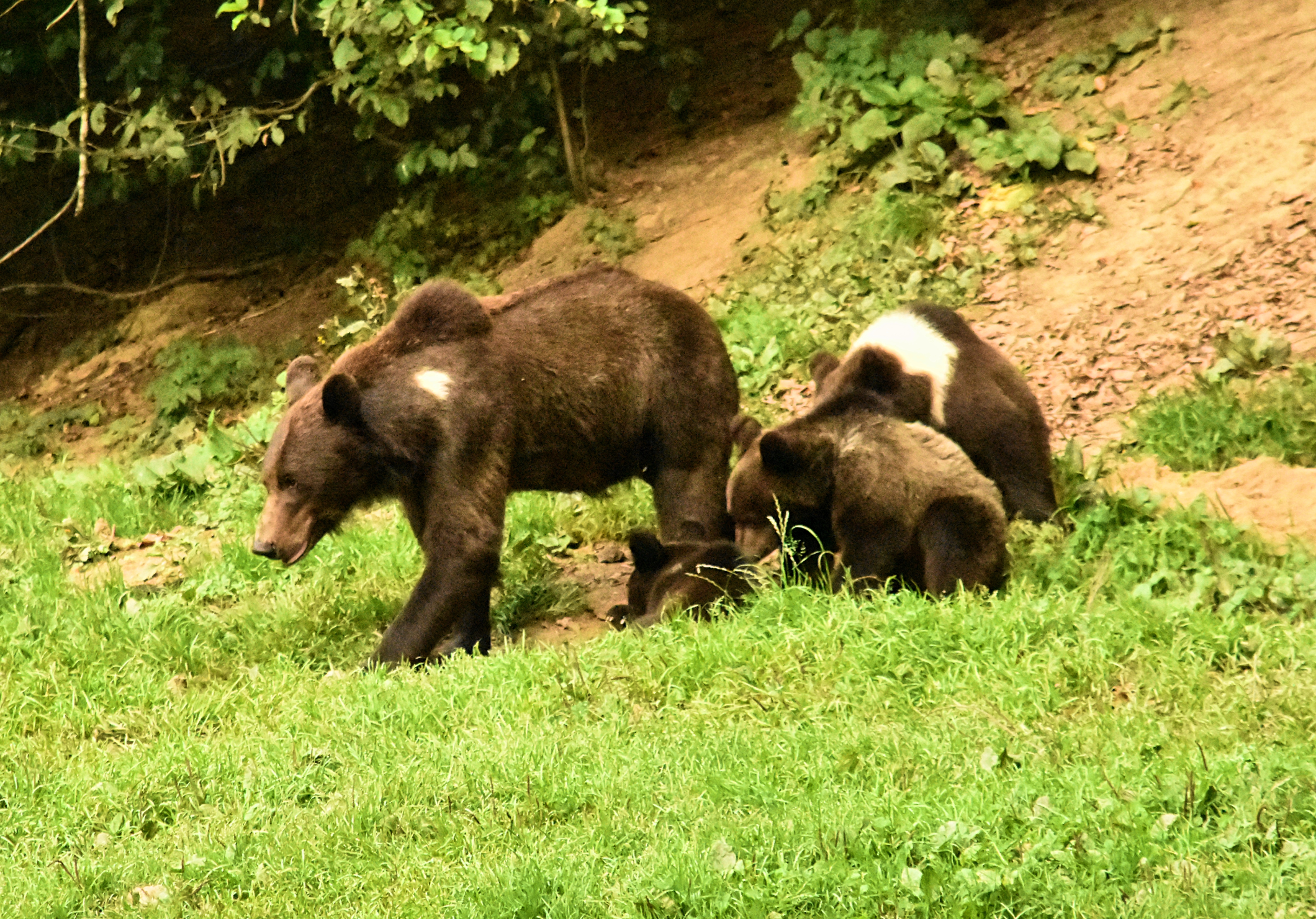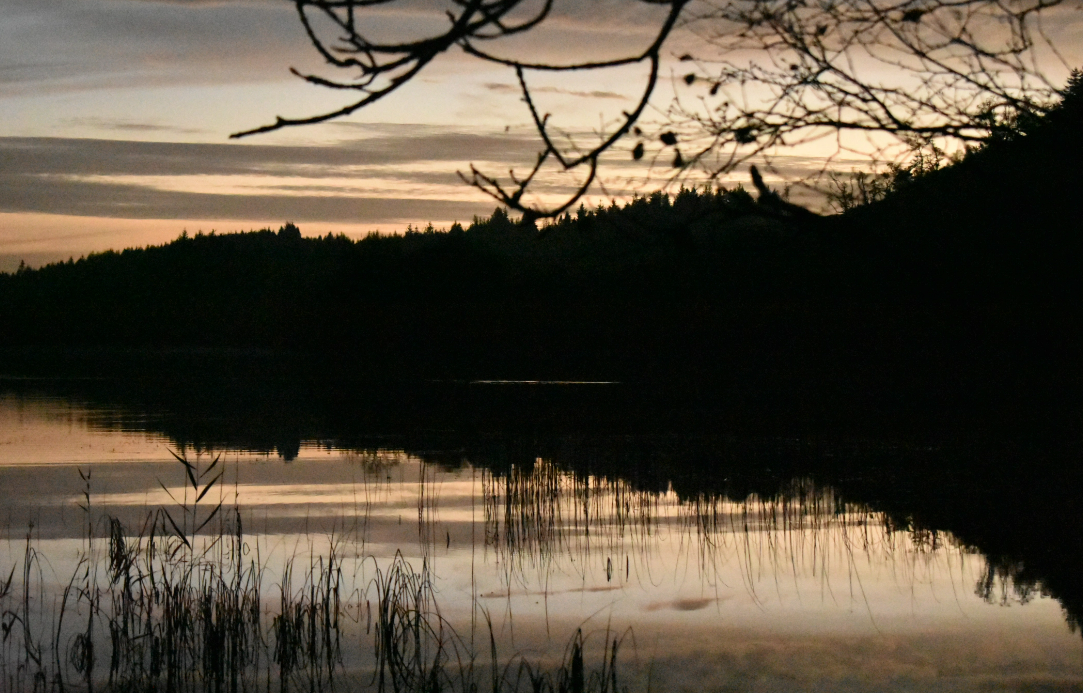The Danube Delta for budget travellers – how to visit

What’s all this then?
The Danube Delta is a vast area of wetlands that has been called the Borneo of Europe, and I certainly kept comparing the two whilst there! There are hundreds of reed-lined channels and ponds, connected to each other and the Black Sea, like a giant natural Venice. It ranks as one of Europe’s most popular locations for birders, and the fishermen’s huts, traditional straw-roof houses and beaches dotted about lead many into calling this “the real Romania”.
Before going any further, a quick note; the delta completely shuts down in the winter, with channels freezing over and services only being intended for the few permanent residents. Travelling here at this time becomes an adventure of another level, and there are definitely easier ways to find isolation.
What wildlife lives here?

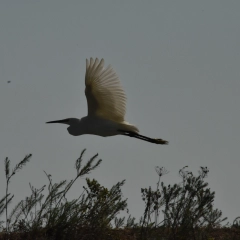
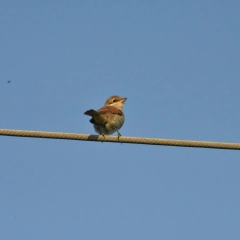
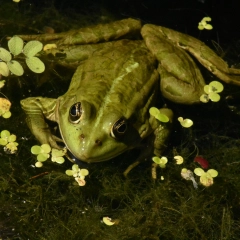
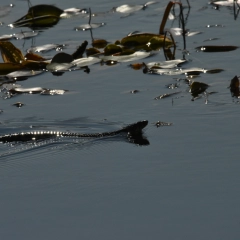
Pelicans are the piece de resistance around here, with the largest population outside Africa found here. There are two species, the great white and dalmatian, told apart by the colour under the wing and the colour of the iris – yellow is dalmatian, black is great white. They look a little like swans from a distance but you’ll be able to quickly recognise them once within 500m. Most boatmen know the best places to find them as well as where they nest, usually on open lakes and the sea. Telephone wires are great places to look out for a host of birds; bright blue rollers and bee-eaters, falcons, crows, cormorants and shrikes are easily spotted. If going from Sulina to St Gheorghe, you’ll be going along a series of pylons for half an hour, so should get everything ticked off. Photographers might want to wait for the return trip when the sunlight is less harsh and doesn’t silhouette the birds quite so much.

Open fields and sandy banks are frequented by egrets and herons, and kingfishers are not hard to spot since they bolt just before the boat reaches them and typically fly over the river in front in zigzags, going just a bit faster – it does mean photography can be difficult, though. Ducks, frogs, snakes and otters can be seen but simply require being in the right channel at the right time. Golden jackals can be found with luck and patience in the early morning in the fields, but getting a speedboat at this time may be a case of a private hire.
How do I get there?
Sulina is the main town for exploring the Delta, with every mod con you would need, and good boat connections to Tulcea, the nearest proper city. From Bucharest, you can take the metro to Basarab (near Gare di Nord) station and walk south to Autogara Augustina, where minibuses run to Tulcea. These take around four hours, and can be booked online (you can also check timetables), or you can do this in the station – tickets shouldn’t sell out. Staff may or may not speak English, but passengers should be able to help you out if need be. To make things easier, Tulcea is pronounced tool-cha.
When you reach Tulcea, the ferry ticketing office and bus terminal are the same building so just move along the front until you find it. The ticket lady shoud be able to point you in the direction of the port, otherwise the ferry does wait a while before departing and it’s not exactly inconspicuous. When you reach Sulina, take note of the dock’s location for later. The journey takes about four hours and the ferry has the only toilets I found in Romania that I’d properly call “clean”, though they’re not modern. It can be busy especially later in the day, but once they open the roof you’ll have space up there to stretch out. Despite this being a busy channel where boats pass by every minute, the birding can actually be pretty good; I managed to see a magnificent white-tailed eagle hunched in one of the dead trees on the return journey.
How do I explore it?
Because of a serious lack of roads, boating is the way to go. In Sulina, there’s a multitude of signs advertising boat tours from different guys with a phone number beneath. Many will also show the price, route and duration of each tour, but differences in this regard tend to be minimal. However, your biggest problem will be that for some reason, Romanian mad lads descend upon the Delta in droves instead of the beaches further south. As one of the guides I went with put it, “they want me to install huge speakers blaring sh*t music while they get drunk and ride through the delta with a 300 horsepower engine and a hot girl at the front”. Most boatmen simply have to take business from where they can get it, so it’s difficult to say who runs quiet tours – I’ll refer to the phone numbers of a couple of guys here. All the same, don’t hand over any cash (payment is usually made after the tour anyway) until you’ve finished picking up passengers, so that you can get off if the crowd is too wild. Don’t worry though, plenty of Romanian couples, families and nature lovers also come here, so finding the right boat isn’t too Herculean a task.
Cristi (+0040 749 326 955) speaks excellent English, and prefers to take out international tourists – for the reasons mentioned above. A part-time artist, he has a real passion for the delta and can name any bird species you find.
+0040 744237054 speaks less good English, and I was the only non-Romanian on his tour, but it was still a lovely tour and he would stop every time we saw a bird I seemed to be taking an interest in. He even paid for our lunch!
I personally did three trips; two went to St Gheorghe and back, done with the two guys. You could use this as a transport mode, and some indeed do, but you will still need to pay full price. The trip goes southwards through a series of channels and larger lakes, some of the connection points so narrow you’ll not notice them until they’re right in front of you. It’s normal after this to stop for a few minutes while the boatman gets the plants out of the propeller. The trip takes seven hours, including a lunch break in St Gheorghe where you can try fish soup. Cristi can even organise a home-cooked meal for this time if given plenty of notice.
Bird Island is a much shorter but equally interesting trip. You start off looking at the abandoned buildings along the river from the communist era then move on to the sea, where the boat will spend a good ten minutes riding the immense waves. If you get seasick, tell the boatman beforehand and he’ll skip this part. You circle around the quarter-submerged wreck of a Georgian cargo ship then see on the horizon the figures of other tour groups seemingly walking on the open sea. The sandbank is so gently sloping that a huge area less than 35cm deep is formed, with the section that sticks out forming Bird Island. You’ll have some time to paddle about here, but don’t wade the 50m over to the island itself – it is a strictly protected area, and with good reason. Huge flocks of cormorants, terns and gulls stand on ceremony, with a few pelicans here and there too. This is one of the few actual islands in the delta that is disconnected enough to be safe from predators whilst sleeping, and the concept of booking in advance is not lost on them. The setting sun turns into a giant red orb, setting over the mass of land the boatman points out as Ukraine.
Where should I stay?
There are Airbnbs in Sulina and St Gheorghe, and Sulina has a backpackers hostel that can be booked through messaging or the usual sites. The place is a rustic, wooden bungalow with two large dorms and one double. Hammocks and a table will keep you from spending too much time inside. The toilet and shower are in the garden in portakabins, but there is hot water which worked fine when I was there. The oven did not, unfortunately, so barbecueing was the only option for dinner. Most of your waking hours spent here will be on the terrace, perhaps sharing stories of the day’s tour with other travellers, stroking the cats or working with the patchy wifi.
It’s on the quiet side of Sulina, across from the bars and shops of the riverfront, but is connected by a river taxi. To find the docking point, in Sulina walk along the promenade until you see a set of stairs going into the water. On the other side there should be a huge grey pontoon. The boatman flies solo and takes breaks regularly, so definitely leave plenty of time if you need to be on the other side for something.
My only complaint about them was, despite their whole booking blurb suggesting otherwise and a bunch of leaflets at the door, I didn’t really find them useful for arranging tours when I arrived. The manager doesn’t speak Romanian and didn’t know anyone to recommend, though apparently she got hold of Cristi’s Facebook page so that may well have changed.
How much do things cost?
Sulina-St Gheorghe rtn: 120 RON
Bird Island boat trip: 50 RON
Dorm bed in Sulina Hostel: 47 RON
Fish soup: 23 RON
Pub pint/ bottle of beer: 7 RON. Yes, you’re reading this right, they cost exactly the same.
Boat taxi across the river: 1 RON
Day’s worth of groceries: 40 RON



